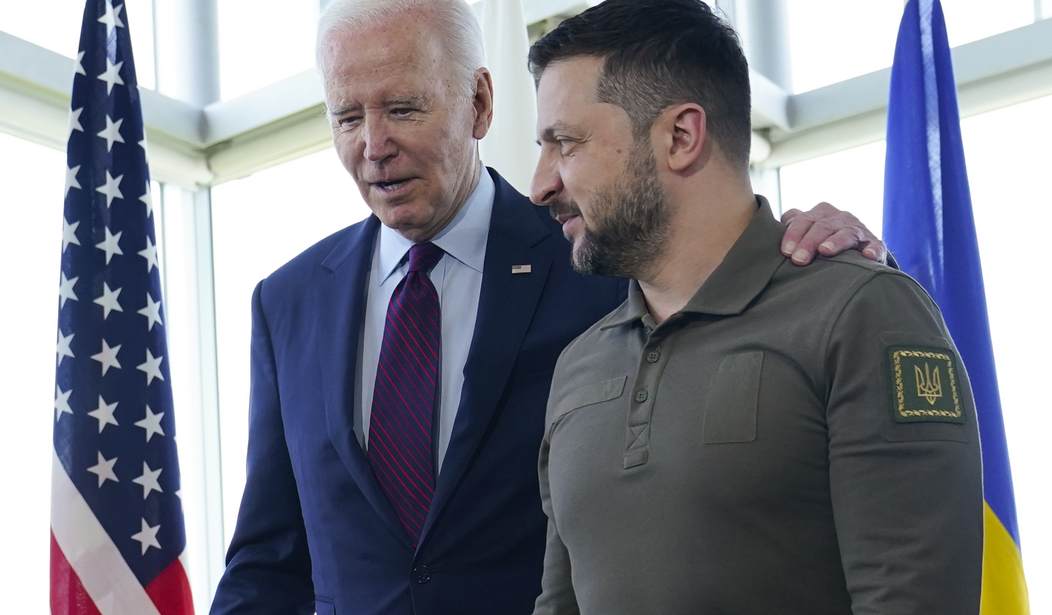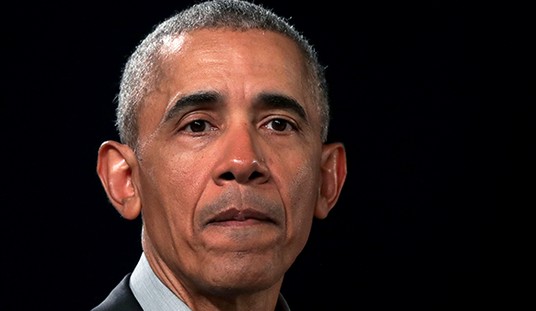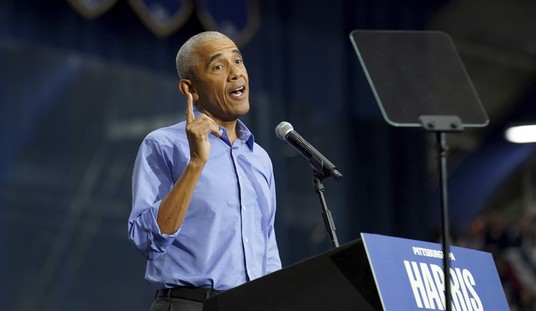For the first time since Ukraine’s counteroffensive kicked off three months ago, Ukrainian troops have penetrated Russia’s main defensive line in several places and appear poised for a breakthrough.
But Russian fortifications are holding firm, for the most part, and Ukraine is now using top-of-the-line airborne troops to expand some of the small breakthroughs and widen them to allow for some real open-field running by Ukraine’s western-supplied armor.
“It’s like inflating a ball,” an officer at the front said.
The usually gloomy Western intelligence services are expressing cautious optimism. They see the possibility of Ukraine being able to take a key logistical hub of Tokmak, which would put them on the road to their key strategic objective; to split the Russian forces in two by driving down to the Sea of Azov in the South.
But the Russians aren’t running. Their fortifications are strong and deep. They’re so good that even the mediocre and below-par troops manning them are performing adequately.
Currently, with a few breakthroughs along the main defensive line, the Russians have rushed some of their crack airborne troops to shore up the line around the key village of Verbove. The importance of Verbove can’t be overstated. It’s the gateway to the south, and capturing it would allow Ukraine to take a big step toward the breakout they’ve been working toward.
Russia is not going to lie down. Their confidence has been building for the last few months, and Moscow’s artillery has proved to be a match for Ukraine’s armor. What’s becoming clear is that the war has degenerated into World War I-style butchery.
The advance is facing fierce resistance. The Ukrainian officer said the Russians were so well dug in that his men found carpets and pictures hung on the walls of dugouts that they captured. They are facing elite Russian forces, including the 7th Guards Air Assault Division.
Russia is targeting Ukrainian troops and vehicles using heavy artillery fire guided by aerial drones and explosive drones directed from the ground by pilots wearing video goggles. In some places, there are so many drones flying that the Ukrainians call the phenomenon “Boryspil,” after the country’s main international airport in Kyiv.
Our illegal cluster bombs that we sold to Kyiv appear to be working well. They’re especially effective against troops who are flushed out from their dug-in defensive positions, running across open ground.
Also for our VIPs: Russia and North Korea Draw Closer as Putin Looks for More Arms From Kim
There’s a reason for the slow progress of Ukraine’s forces in this counteroffensive. Supplies have to be moved up largely on foot or by motorcycle because if the Russians see an armored vehicle, they unleash a devastating artillery barrage. It appears that either Ukraine overestimated the battlefield impact of armored personnel vehicles or Western government oversold them. Either is possible.
“Western armored vehicles are not a panacea,” one officer said.
For all our technological advantages, Ukraine is fighting this war, in some respects, like their great-grandfathers did in World War II.
Ukrainian troops that manage to overtake Russian trenches but can’t occupy them instead set them afire because they can’t carry away abandoned weapons and ammunition, and don’t want Russians potentially retaking any equipment later.
Even small vehicles, used to avoid attracting attention, are vulnerable. The Ukrainian officer traveled by buggy in the direction of Verbove on Monday to retrieve the bodies of men who had been killed. As he sheltered in a trench to check his route, a Russian antitank missile hit his vehicle, leaving it a smoking wreck. His men carried the bodies out on foot, he said.
Ukraine may be poised for some kind of breakthrough, but reading through the clutter, it seems to me that the only way they’re going to achieve that kind of success is by sacrificing a large portion of their army to do it. Are they willing to pay that price? President Zelensky has been very solicitous of the lives of his soldiers so far. But the clock is ticking, and the level of Western aid Ukraine has been getting may no longer be available.
My guess is that by Oct. 1, we’ll have a much better idea of how much more aid Ukraine can get, given the political conditions in the U.S.










